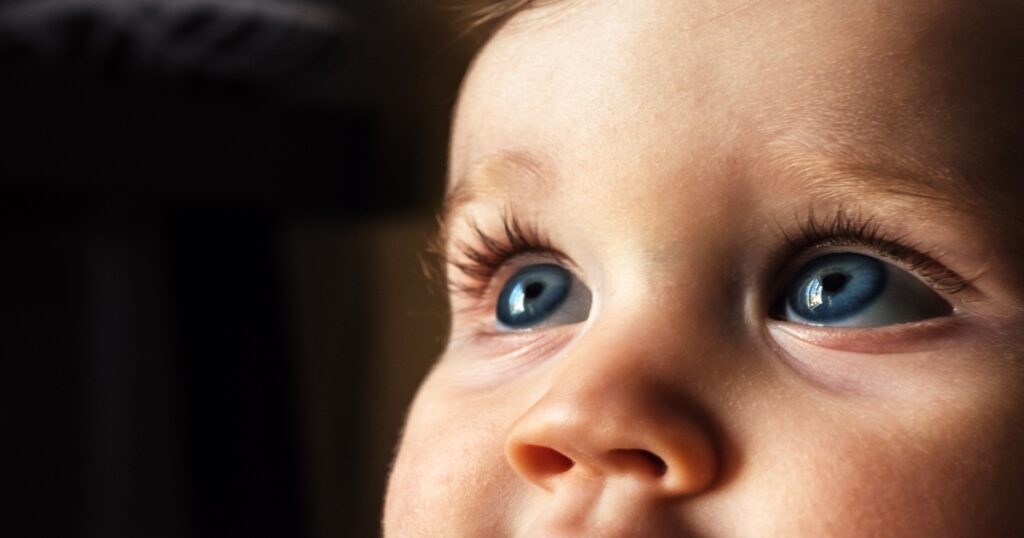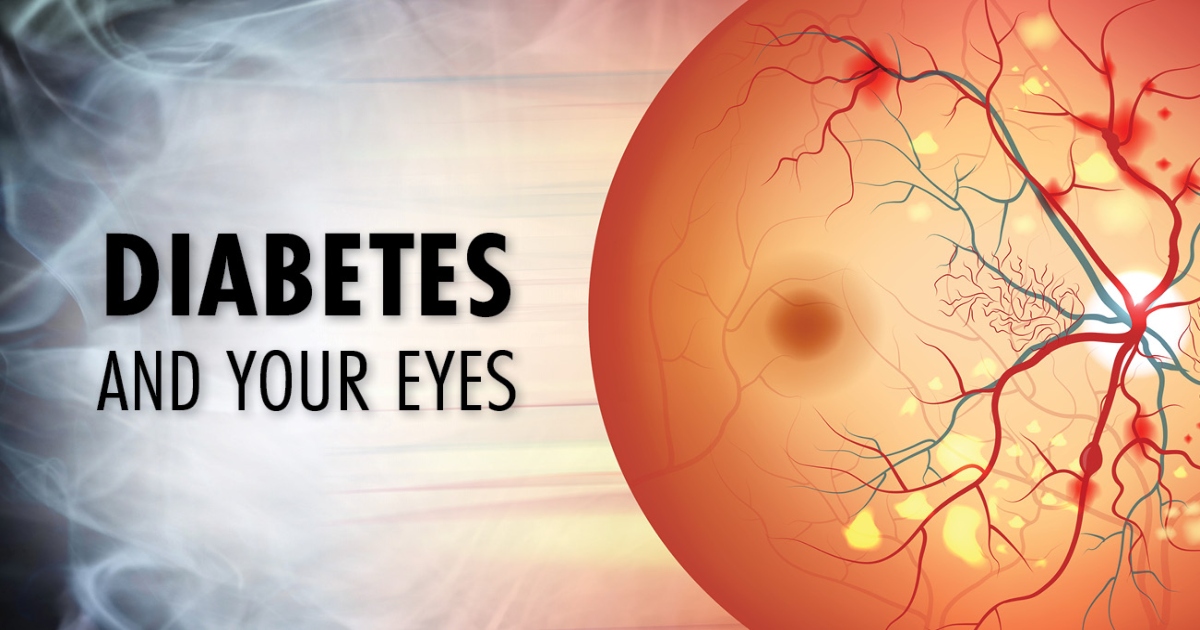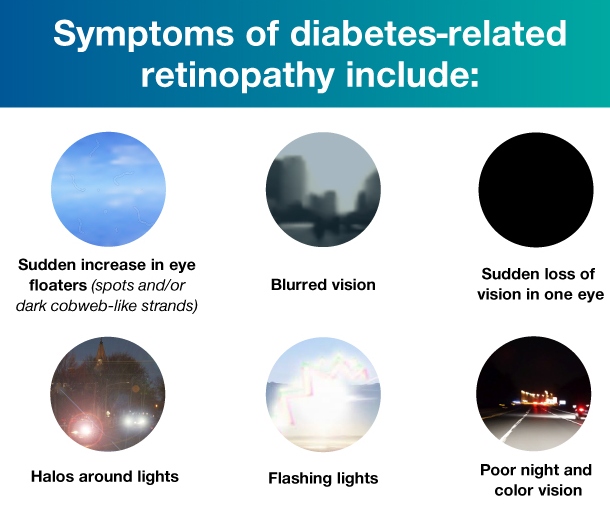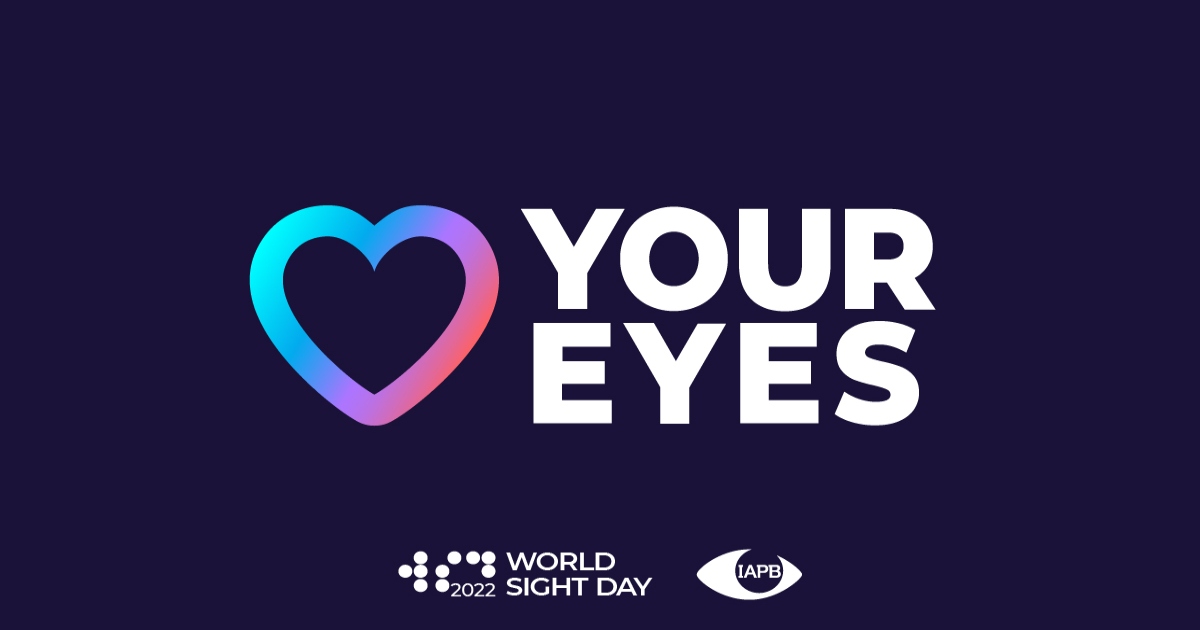
We now offer an alternative treatment to patching for amblyopia, also commonly referred to as “lazy eye”. Flicker Glass is developed by Eyetronix. Based in Silicon Valley, Eyetronix is focused on understanding real needs of the vision care community and developing practical and innovative electronic eyewear solutions.


Flicker Glass is designed to overcome many shortcomings of traditional “occlusion” treatments such as patching and atropine therapy. Standard occlusion, though rudimentary, can be effective in improving visual acuity – but only with high compliance starting from a young age. The discomfort, disruption, and social and psychological stigma associated with patching can make compliance difficult and cause undue burden and stress for the parent and child. Compliance with patching can also take a long commitment – two to six hours each day, often for half a year or longer.
Improvements with current therapies may be temporary, and monocular occlusion can introduce or exacerbate other visual challenges, such as problems with eye teaming, depth perception and effective hand-eye coordination – impacting quality of life. Visual acuity has historically been the standard measure of improvement with patching, but it is just one element of vision performance. From a patient care perspective, exploring ways to treat underlying suppression and improve stereopsis may have more meaningful benefits.
Eye care professionals are increasingly focusing on binocular therapy approaches. Eyetronix Flicker Glass is a simple, wearable tool for binocular therapy that integrates known principles of the visual system and flicker, combined with the clinical experience of practicing eye care professionals.
Flicker Glass uses rapid alternating occlusion, at flicker frequencies shown in research to help break suppression. Instead of occluding to penalize one eye and forcing the signal from the other eye, the theory is that using flicker can gently stimulate the visual system and encourage both eyes to naturally work together, ultimately aiding in the restoration of binocular vision and depth perception.
Flicker Glass offers a novel, more natural, intuitive approach to binocular vision conditions.
Flicker Glass was created to help avoid the struggle and burden otherwise associated with current traditional therapies. It may be worn for just 1-2 hours a day, while enjoying regular home activities like reading, doing puzzles, watching TV, or playing video games. Flicker Glass does not require specific, repetitive exercises. With Flicker Glass, binocular therapy is less obtrusive and can fit with any lifestyle and schedule.
Using advanced liquid crystal technology, Flicker Glass delivers precisely controlled, rapid alternating occlusion at flicker rates shown in vision science research to effectively break suppression.

In contrast to current available treatments, Eyetronix Flicker Technology is based on research of sensory function in the visual pathway between the eyes and the brain. In normal binocular vision, both eyes focus on an … to create one stereoscopic (3D) image. When a disorder in binocular vision is present, however, a neurological problem causes the brain to favor one eye and suppress vision in the other.
Therefore, the key to breaking suppression is to “wake up” that sensory pathway and encourage the brain to accept visual sensory signals from both eyes. The Eyetronix Flicker Technology approach is to gently stimulate the visual system to break suppression and restore the normal binocular fusion process to perceive one 3D image.
In a recent clinical study conducted with Flicker Glass, results showed significant improvement in both visual acuity and stereopsis – even into older age ranges typically considered more challenging to treat. Study investigators were impressed with the remarkable levels of compliance, and patients and parents rated Flicker Glass highly on ease of use, comfort, and preference over traditional monocular therapies. From a quality of life perspective, reports of improved reading and sports performance supported the overall positive evaluation of this novel Flicker Glass experience.











